MARKETING
Ad-supported streaming expands with new Disney+ tier
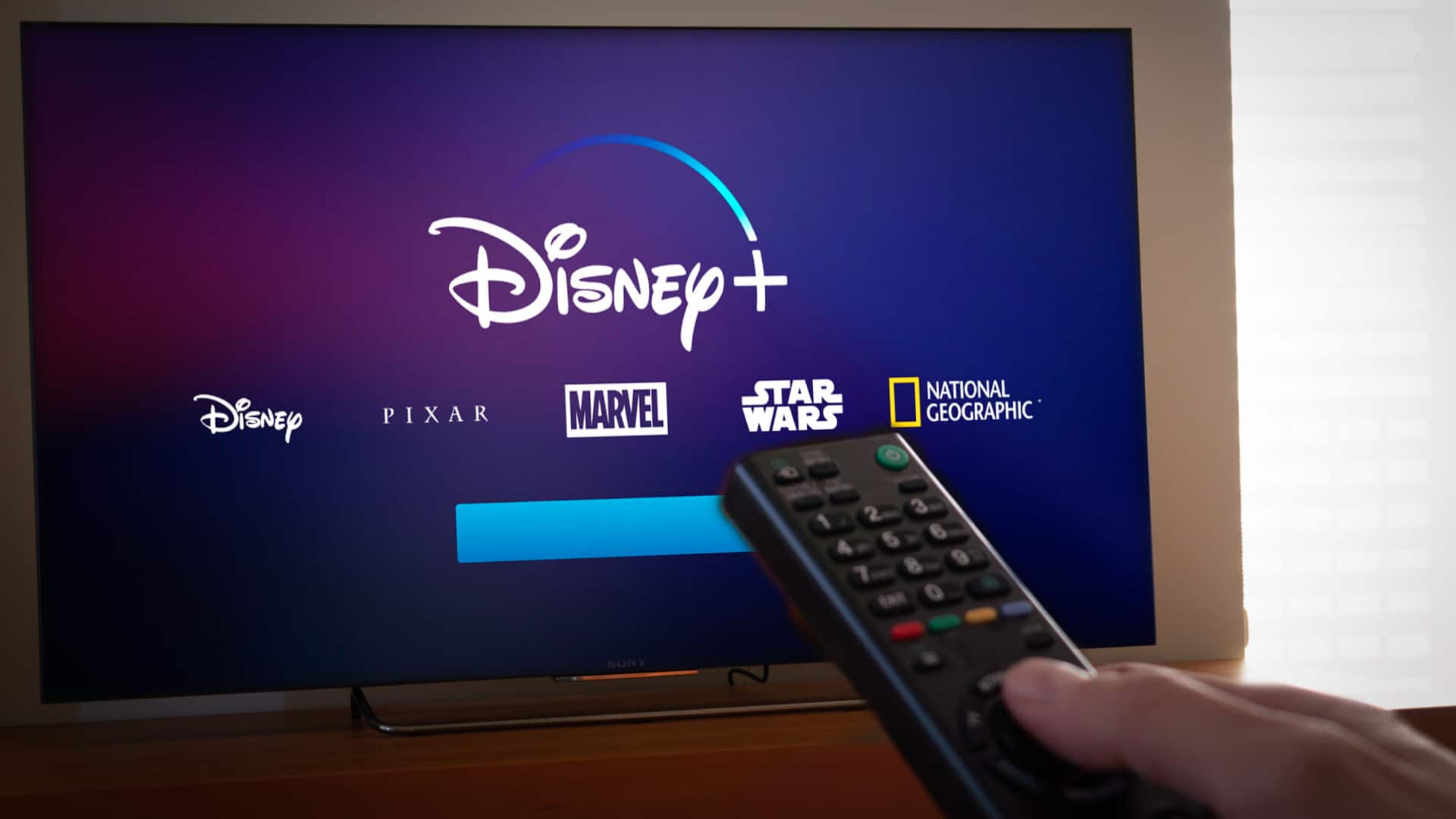
On December 8, streaming service Disney+ launched a new ad-supported tier. Previously, the streamer for all things Marvel, Star Wars and Disney charged $8 per month for ad-free viewing. Now, they’ve upped the ad-free tier to $11. Subscribers can pay $8, but they get ads, while brands get exposure next to C3PO and Doctor Strange.
Why we care. In the early days of streaming, a lot of premium content was ad free. A major shift occurred earlier this year when top service Netflix announced it was introducing ads, and then followed through this fall.
Many viewers might still choose the more expensive ad-free tier for these services. But as inflation and subscription prices climb, more people are interested in keeping their costs down. As a result, this year has seen the number of U.S. households with ad-supported subscriptions rise at a faster rate than those with ad-free ones.
Dig deeper: Consumers don’t mind ad-supported streaming and how it affects media planners
More choice for advertisers. Adding an ad-supported tier to Disney provides more pricing options for consumers. Netflix also offers an ad-supported level priced at $7. Not only does this allow advertisers access to more consumers, it gives the advertisers premium inventory in the form of wildly popular movies and series.
“While Netflix has definitely garnered more industry attention with its launch, that doesn’t mean marketers aren’t just as excited about Disney’s ad-supported tier,” said Matt Spiegel, EVP, media and entertainment vertical, TransUnion. “It’s difficult to compare the two since Disney+ is more of an add-on strategy and the market expects more out of Netflix following its long stance of remaining ad free.”
A growing global audience. In Q4 2021, audience research platform GWI found 66% of U.S. consumers watching some form of subscription streaming service in the last month. And 26% of U.S. consumers were actively streaming Disney+.
Global brands aren’t just looking to reach U.S. audiences however. And Disney+ is developing content that connects with audiences in other parts of the world, including Asia Pacific markets.
“Disney+ hopes to serve up 50 new APAC originals by 2023, producing plenty of local language content,” said GWI’s consumer trends manager, Laura Connell. “Why? Because it’s an attractive region for streaming services looking to scale up their subscriber base.”
Don’t forget about Hulu. Disney is a majority owner of OTT service Hulu, which also offers ad-supported programming for $8 per month. The two services appear to be complementary and shouldn’t eat into each other’s audiences. In addition to popular series and movies, Hulu also offers some local programming not found on Disney+.
“Disney+ and Hulu will need to introduce capabilities that address ad relevance and brand suitability in order to maintain the same expectations audiences, brands and advertisers expect,” said Fred Garthwaite, CEO and cofounder of video data company IRIS.TV. “Incorporating video-level content data into their advertising solution will help Disney increase the value of their new ad supported options, while minimizing risk of bad viewing experiences and brand sentiment by eliminating any ad placements in unsuitable environments.”
“Looking at the ad market from a macro perspective, this is business as usual for Disney that will garner its own attention without competing against Hulu and its other media brands,” said Spiegel.
Get MarTech! Daily. Free. In your inbox.


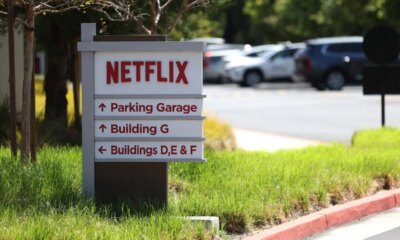

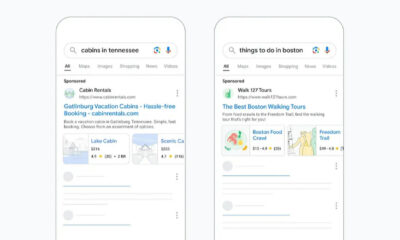

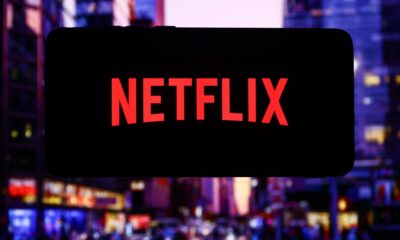



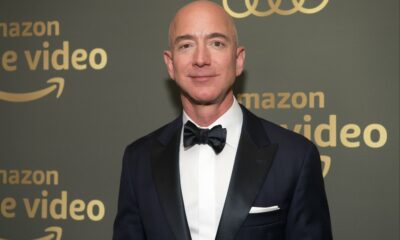







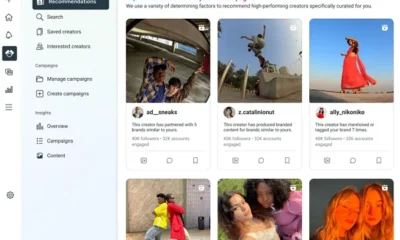

You must be logged in to post a comment Login